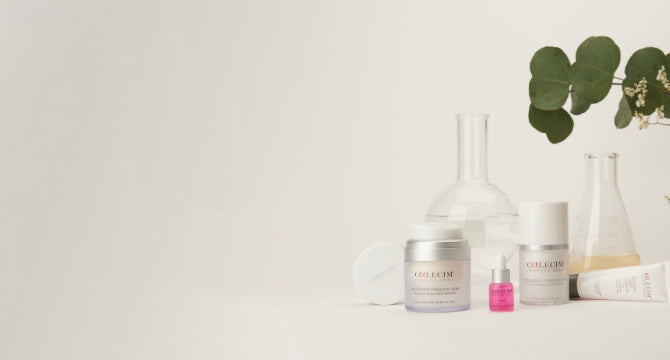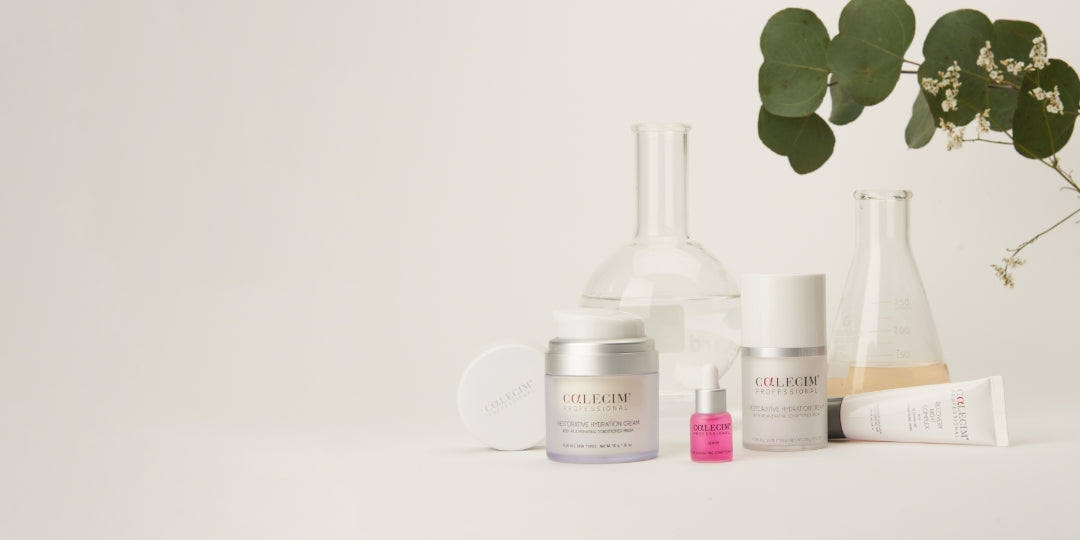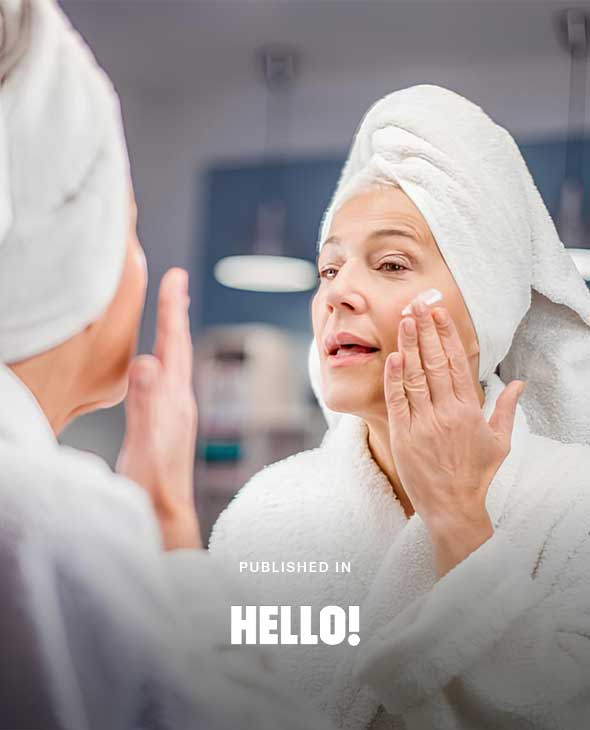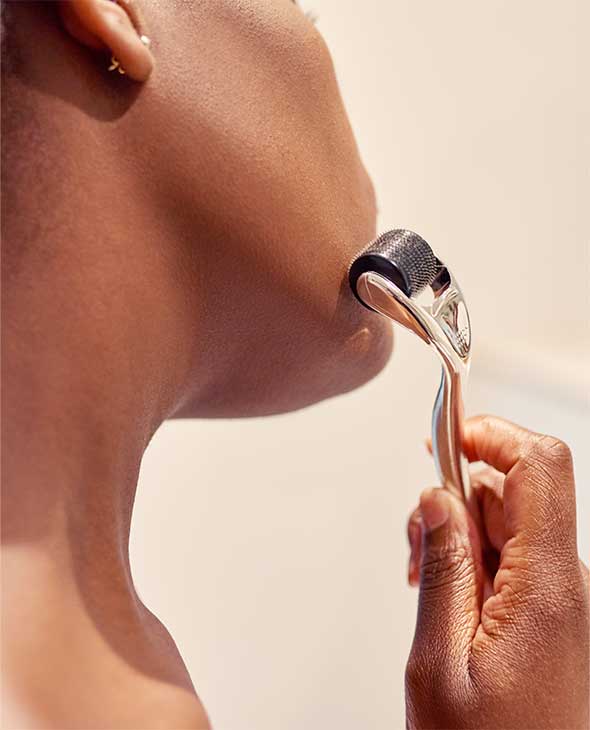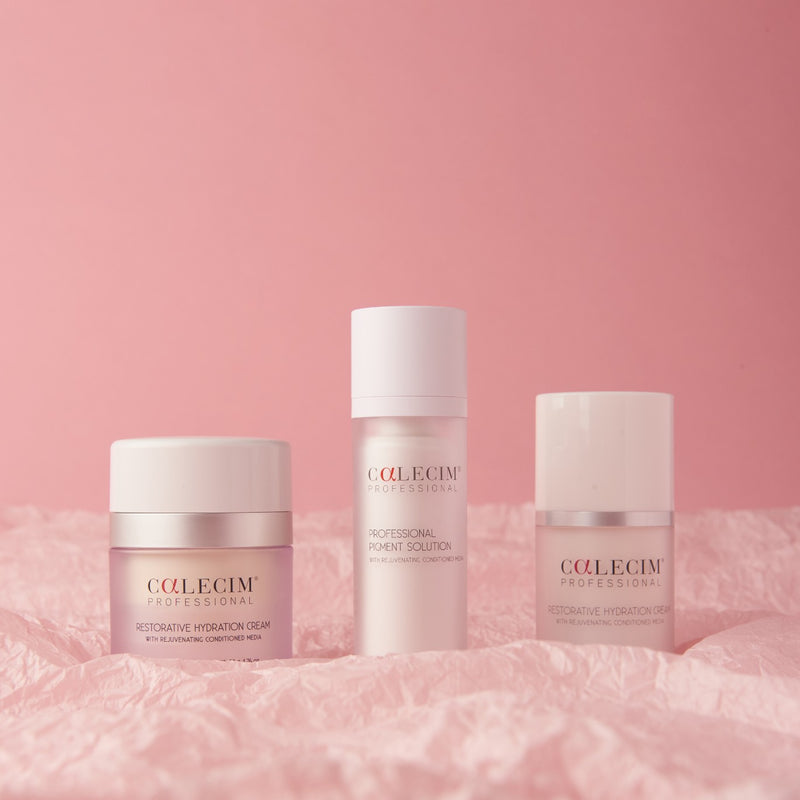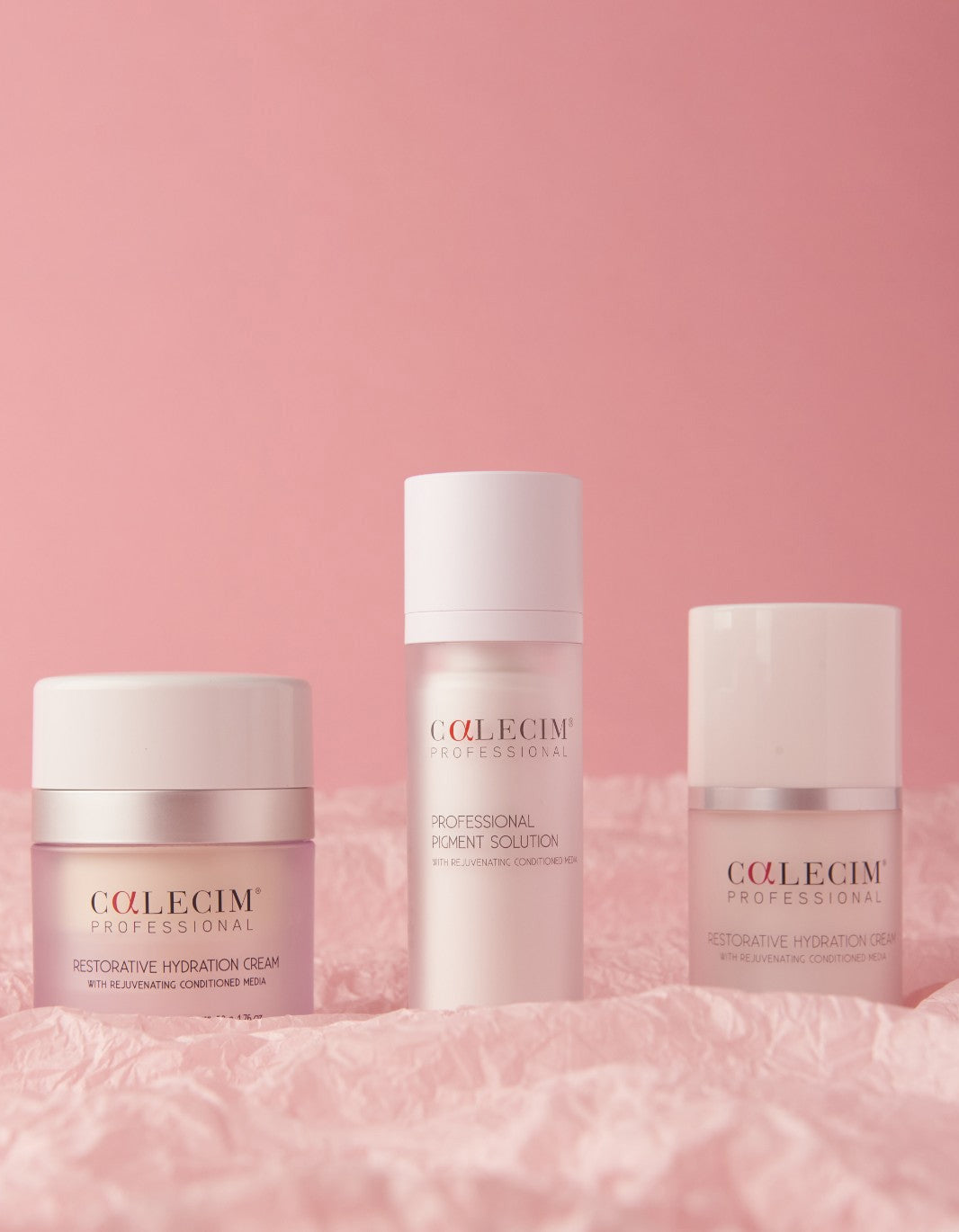How wound-healing technology can fight skin aging too
Scientists have discovered that the stem cells that boost wound repair can also slow or even reverse skin aging.
Scientists have discovered that the stem cells that boost wound repair can also slow or even reverse skin aging.
Cuts, scrapes and surgery – all cause wounds, which are defined as an injury that breaks bodily tissue, often the skin.
Wounds and skin aging are similar, according to doctors.
“Our skin is assaulted on a daily basis,” says Professor Phan Toan Thang of National University of Singapore’s Department of Surgery. “These can be external factors – like ultraviolet radiation and environmental pollution – as well as internal factors – such as malnutrition and disease.”
“Skin ages when its intrinsic repair mechanisms can no longer keep up with such injuries because the cells responsible for repair either fail or are depleted,” adds Professor Phan. “Skin ages because it becomes ‘wounded’ by these factors.”
As we age, we take longer to heal
Three stages of healing occur when we experience a wound. First is inflammation, when the body tries to clean the wound by flooding it with immune cells that destroy bacteria and dead cells. Then, regeneration occurs when the body makes replacement skin cells to close off the wound. Finally, the remodelling phase is a complex, lengthy process that strengthens the new skin and fades scars.
It’s no secret that wounds take longer to heal the older we get. Cuts and scrapes on children seem to heal as if by magic – scabs form almost immediately and typically fall off within days to reveal new, pink skin. The same cut on an elderly person, meanwhile, takes noticeably longer to heal, and may involve significant discoloration around the wound and even permanent scarring.
Aging – when cells divide and renew more slowly, leading to thinner skin – can cause a person to injure more easily and take longer to heal these injuries. As we age, our skin becomes less adept at defending and repairing itself, leading to common symptoms such as wrinkles and age spots.
How stem cells repair our bodies
Stem cells have a powerful ability to generate different kinds of cells with specialized functions such as those in a specific organ or tissue. They’ve also been shown to significantly speed up wound healing and regenerate skin.
Stem cell signals – where stem cells “communicate” with surrounding cells – help to reduce inflammation, encourage skin cells to renew, activate cells to move towards skin damage and help build up skin’s structural layers. These “signals” kickstart many important processes that reduce skin irritation and sensitivity, as well as improve skin density and resilience.
Epithelial stem cell growth factors, which are found in CALECIM®’s products, can generate a wide variety of positive reactions from important epithelial cells in your skin.
In a recent study conducted with National University of Singapore (published in the International Journal of Molecular Sciences, 10.3390/jims23168918), researchers found that umbilical cord-lining epithelial cells promoted faster healing with no adverse reaction.
“Stem cells augment the cells responsible for intrinsic repair and also change the cellular environment to allow repair to occur,” says Professor Phan. “This is the exact same principle as fighting skin aging!”
As such, stem cell wound-healing technology is intrinsically anti-aging.
How to boost our stem cell count and improve our skin
Unfortunately, as we age, the number of stem cells in our body falls, meaning they become less efficient. It’s therefore crucial that we regularly boost stem cell activity in our body to maintain its optimal function.
“It’s similar to how we maintain our cars – like replacing lubricants, brake pads, etc,” says Professor Phan.
While the term ‘stem cell skincare” is not new, CALECIM® is the first to offer this unique source of the most abundant and powerful stem cells as a revolutionary skincare technology. All of its products are enriched with CALECIM®’s proprietary active ingredient, PTT-6®, which is derived from cord lining stem cell technology. Its Professional Serum, for example, contains the highest concentration of stem-cell-derived growth factors and proteins (PTT-6®) and is physiologically balanced to help activate tissue renewal.
CALECIM®’s stem cell products don’t just add ingredients to your skin, but induce it to produce more of these beneficial proteins on its own through cell-to-cell communication.
And results are lab-proven – with tests showing users exhibit an impressive 600% average improvement in skin thickness, 42% more skin cell growth within seven days and complete skin restoration in just 40 hours. All of which is good news for anyone who wants to combat their ageing skin.
“Early aging can be reversed when cells are not too damaged. If too far gone it would be difficult or impossible,” says Professor Phan. “Using stem cell proteins on aged skin will at least slow down or prevent further deterioration.”
















